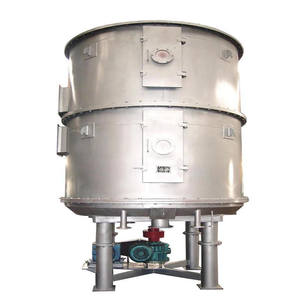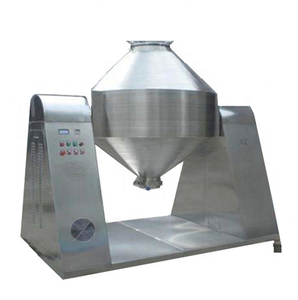Importing heavy machinery from China to the USA represents a significant opportunity for cost savings and access to advanced manufacturing capabilities. However, the process demands meticulous planning, adherence to regulations, and strategic execution to avoid costly delays, compliance issues, or equipment damage. As a mechanical engineer involved in global procurement, I outline a structured approach to ensure a successful import operation.
(How To Import Heavy Machinery From China To Usa)
The first step involves comprehensive research into regulatory compliance. Heavy machinery must meet stringent US standards, including safety (OSHA), environmental (EPA), and electrical (UL/CSA) requirements. Verify if the Chinese manufacturer holds relevant certifications (e.g., ISO 9001) and if the equipment aligns with American norms. Additionally, determine Harmonized System (HS) codes for accurate tariff classification and consult the U.S. Customs and Border Protection (CBP) website for import restrictions. Non-compliance can result in seizure, fines, or re-exportation.
Supplier selection is critical. Prioritize manufacturers with proven export experience to the USA. Conduct due diligence: request references, inspect facilities (virtually or in person), and scrutinize quality control processes. Verify business legitimacy via platforms like China’s State Administration for Market Regulation. Negotiate a detailed contract covering specifications, Incoterms (e.g., FOB Shanghai), payment terms (use letters of credit for security), delivery timelines, and penalties for breaches. Include clauses for pre-shipment inspections by third-party agencies to verify functionality and packaging integrity.
Logistics require expert coordination. Heavy machinery often necessitates breakbulk or roll-on/roll-off (RoRo) shipping due to size and weight. Partner with a freight forwarder specializing in oversized cargo. They will handle bill of lading, export declarations, and route optimization. Ensure robust packaging—crated, waterproofed, and immobilized—to withstand trans-Pacific transit. Marine insurance covering all risks is non-negotiable. Track shipments in real-time and plan for port congestion; Los Angeles/Long Beach delays are common.
Customs clearance demands precision. Submit documentation—commercial invoice, packing list, bill of lading, and certificates of origin/conformity—to CBP via a licensed customs broker. Pay applicable duties (HS-code-dependent) and fees (e.g., Merchandise Processing Fee). Anticipate anti-dumping/countervailing duties on specific machinery categories. CBP may inspect shipments; ensure paperwork accuracy to prevent holds. For machinery subject to additional agency oversight (e.g., FDA for medical devices), pre-clear with relevant bodies.
Post-import, focus on seamless integration. Coordinate inland transport using specialized carriers with lowboy trailers or flatbeds. Unload machinery using certified riggers. Verify no transit damage occurred before signing delivery receipts. Installation should follow manufacturer guidelines; engage local engineers for assembly if needed. Establish a maintenance plan with the supplier—negotiate warranties, spare parts availability, and technical support. Document all processes for future imports.
(How To Import Heavy Machinery From China To Usa)
In conclusion, importing heavy machinery from China offers economic advantages but hinges on rigorous preparation. By prioritizing compliance, vetting suppliers, securing logistics, mastering customs, and planning for deployment, engineers can mitigate risks and capitalize on global sourcing. This disciplined approach ensures operational efficiency, cost control, and long-term reliability of imported capital equipment.


